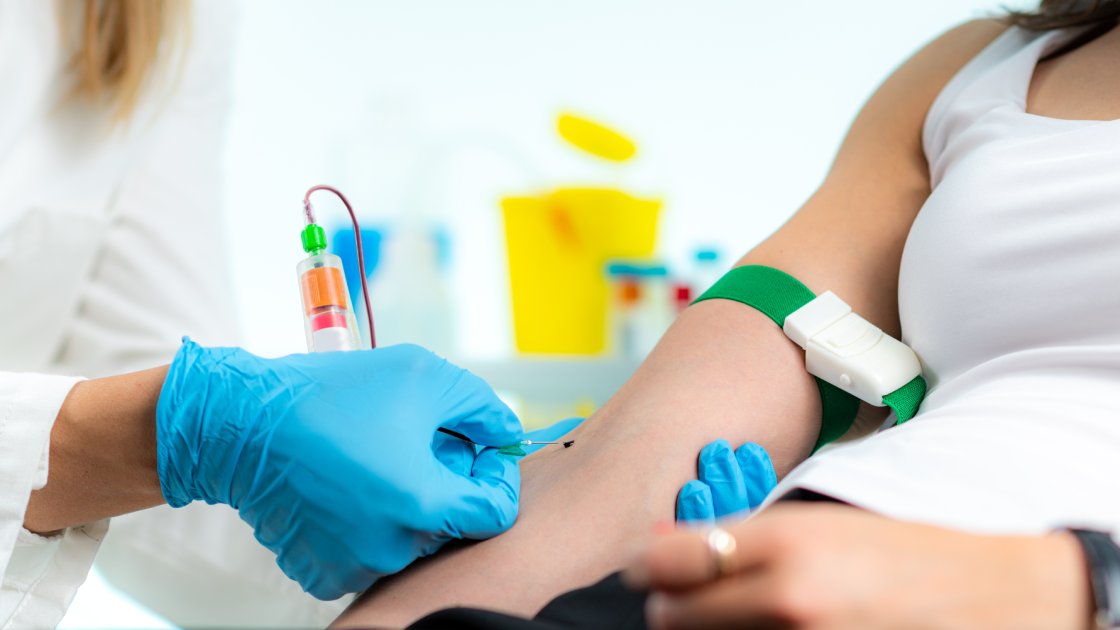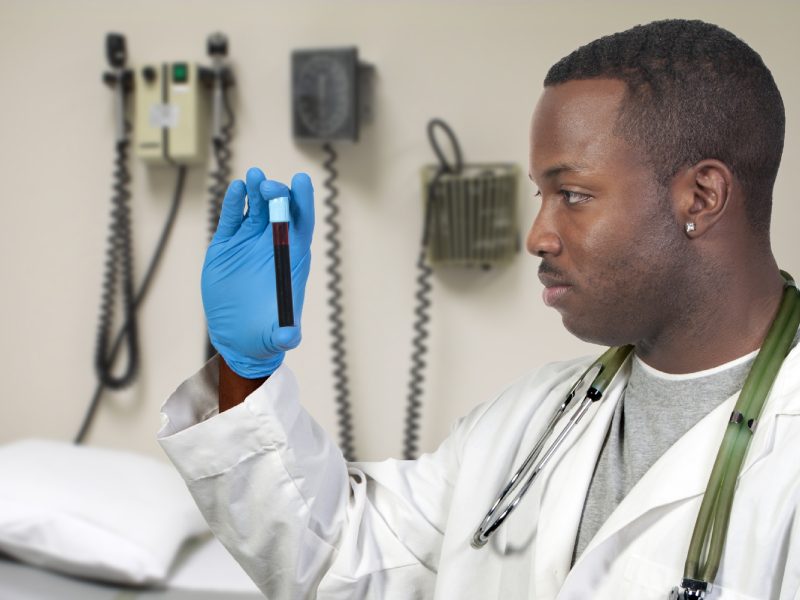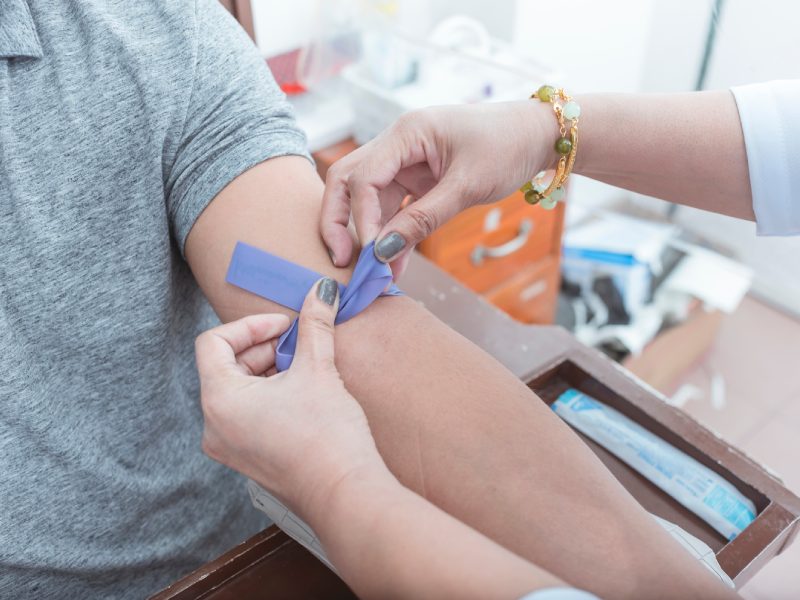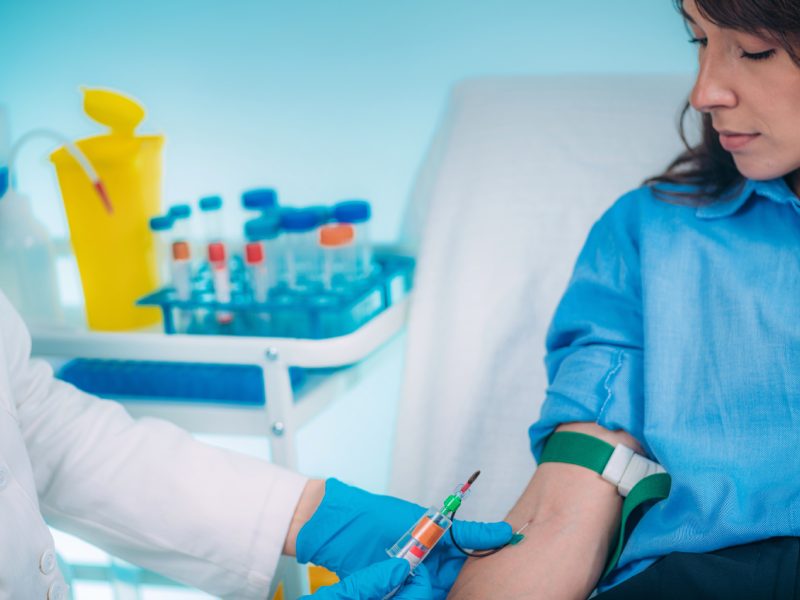
The allied healthcare sector has grown considerably over the last few decades. This growth has also generated a lot of jobs. Phlebotomy is one such sector where more and more jobs are being created each year.
A career in phlebotomy offers a stable income. Also, the number of jobs available to phlebotomists is expected to increase over the next five years. This makes it an ideal option for candidates who want a secure job shortly after they graduate high school. A phlebotomy training program can be completed in as few as 4 to 8 months.
A phlebotomist is a healthcare professional who draws blood and collects the tissue samples of patients. This job requires some training and certification.
The Role of the National Phlebotomy Association (NPA)

As the need for entry-level healthcare professionals increased, quality was often compromised and sometimes even those who lack adequate training were appointed. This lowered the quality of service delivery. To prevent this, the National Phlebotomy Association (NPA) was created in 1978 in Washington, DC. NPA provides phlebotomy certification and maintains a Board of Registry of all phlebotomists who have successfully earned the certificate. NPA phlebotomy certification offers a lot of benefits. A certified phlebotomist has a better chance of getting placed. Also, the certification enhances the quality of care provided by the phlebotomist.
A Phlebotomist is an integral part of the healthcare team. Their key responsibilities include the following:
- Drawing blood from patients for laboratory testing. Once the blood is drawn, the phlebotomist applies pressure on the area of injection to prevent bleeding.
- Entering patient information into the database
- Labeling the biological samples accurately
- Cleaning and sterilizing the equipment used for drawing blood or collecting tissue samples.
- Sending the biological samples for laboratory testing
- Making sure that patients are comfortable while their blood is being drawn
- Explaining the process to patients and putting them at ease
Sometimes phlebotomists take blood pressure or pulse. Phlebotomists can work in a hospital, laboratory, or physician’s office. They may also find employment in blood donation facilities. Sometimes they have to visit patients at home to draw their blood. Work hours can vary. Depending upon the size of the facility you are working for, you may work day, evening, or night shifts. You may also have to work on weekends.
Who should get the Phlebotomy Certification?

Phlebotomists aren’t the only professionals who benefit from a phlebotomy certification. It benefits a variety of other professionals as well. These include
- Registered Nurses (RN)
- Certified Nursing Assistants (CNA)
- Medical Assistants (MA)
- Emergency Medical Technicians (EMT)
- Licensed Practical Nurses (LPN)
In some states in the US, nurses who draw blood are required to have a phlebotomy certification. Even if your state does not require this certification, it is still worth getting it. Most registered nurses and vocational nurses can earn their phlebotomy certification in as few as one or two days. This is because as a nurse, you may have already drawn blood from several patients. If you have drawn blood from at least 30 patients, you do not have to complete the phlebotomy course. You can directly sit for the phlebotomy certification exam.
There is currently a shortage of nurses in the US. At the same time, many nurses are struggling to get hired. This is usually an indication that too many nurses are competing for jobs in the same market. In this situation, getting a phlebotomy certification will help you stand out. Nurses do not normally receive much training in drawing blood. They typically learn this skill on the job. Consequently, many nurses, especially those who have just started working, lack the confidence to draw blood. This is where a phlebotomy certification comes in handy. It equips you with this important skill and also gives you an edge over other nurses competing for the same job as you.
Important certifications also allow entry-level nurses to negotiate a higher salary.

In order to sit for the phlebotomy certification, you should possess a high school diploma or GED. You should also have completed a phlebotomy training program within the last 5 years. Those who haven’t completed a phlebotomy training program can also apply if they have worked as a phlebotomist for at least 1 year under supervision within the last 3 years. The exact requirements can vary from one certifying body to another.
Several certifying bodies offer certification in phlebotomy. These include:
- American Certification Agency (ACA)
- American Society of Clinical Pathologists (ASCP)
- American Medical Technologists (AMT)
- American Medical Certification Association (AMCA)
- National Center for Competency Testing (NCCT/MMCI)
- National Healthcareer Association (NHA)
How to get your phlebotomy certification?
The first step is to ensure that you fulfill the requirements to take the certification exam. You can apply online and then download the application handbook. If you pass the exam, you will receive the certification. Once you receive the certification you can apply for jobs.
Note that a phlebotomy certification is not mandatory to start working as a phlebotomist. Still, getting it is a wise move because it improves your chances of getting hired. Also, certified phlebotomists can negotiate a higher salary.


